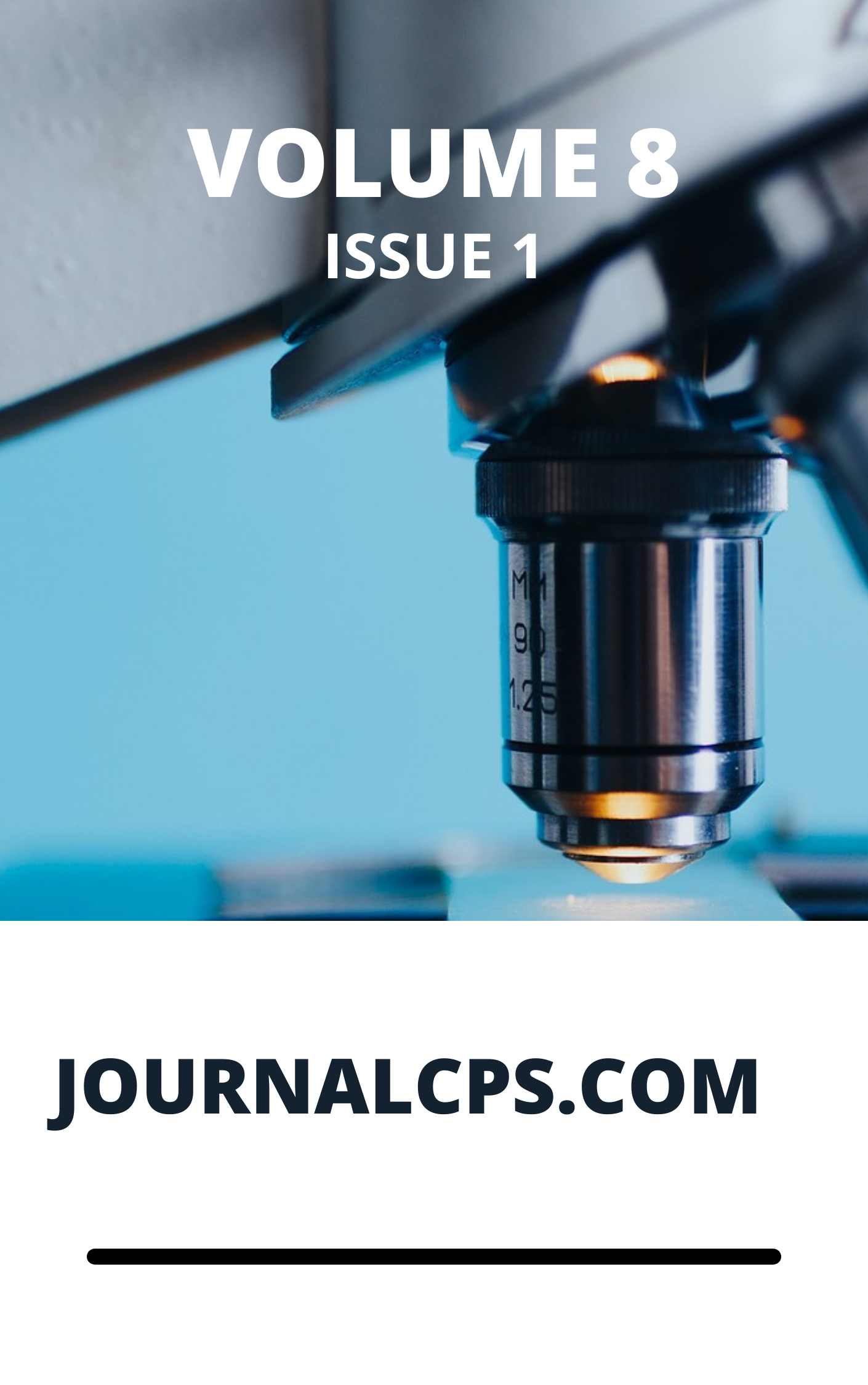Evaluation of Gamma Radiation Dose Level in Mining Sites of Riruwai, Kano, Nigeria
Keywords:
Absorbed dose, cancer, gamma radiation, mining areas, radiological hazardsAbstract
Aminu Ismaila*, Abubakar Sadiq Aliyu and Yakub Viva Ibrahim
Some radioelements are natural with redistribution related to human activities like mining. Human beings are constantly associated with these radioelements through water and food intake and may be exposed to background natural radiation from terrestrial and cosmic sources. Among all types of radiation, gamma rays are the most penetrating radiation that emanates from natural and artificial sources. External exposure to gamma radiation varies from one location to another, depending on the geological composition, and elemental content (especially those of U, Th and K in rocks of a particular region). In this study, gamma radiations around mining areas in Riruwai were measured using RadEye Portable Radiation Detector. Gamma dose measurements were taken from 40 sampling locations and at 1 m above the soil surface. Geographical coordinates of the locations were taken using a Global Positioning System (GPS). The analyses show that the gamma radiation dose level attended a mean value of 749 nGy/hr which is thirteen times greater than the maximum permissible value (57-59 nGy/hr) recommended by the United Nations Scientific Committee on the Effects of Atomic Radiation (UNSCEAR). The mean indoor and outdoor annual effective doses (AED) were 0.91 and 3.65mSv/yr, which are about three and four times more than their respective world average values of 0.3 mSv/y and 1mSv/y respectively. The Excess Lifetime Cancer Risk (ELCR) factors were 2.51 ×10-3 and 10.5 ×10-3 for indoor and outdoor respectively and these correspond to a nine-fold increase of their world average values of 0.29 × 10−3 and 1.16 × 10−3 as prescribed by the UNSCEAR. The computed data indicated that miners and the public residing close to the mining zone may be at risk and there is a need for an urgent remediation process. The results of this study can provide valuable information on radiological risk which could be used for radiation safety and protection and in the utilization of the soil in the region for agriculture and domestic use. It also contributes to baseline radiological data that could be used by the policymakers and for future studies
Downloads
Published
Issue
Section
Most read articles by the same author(s)
- Abubakar Aliyu Umar, Aminu Ismaila, Khaidzir Hamza, Lattice Calculations and Power Distribution for Nigeria Research Reactor-1 (NIRR-1) using Serpent Code , Communication In Physical Sciences: Vol. 10 No. 1 (2023): VOLUME 10 ISSUE 1
- Aminu Ismaila, Abubakar Sadiq Aliyu, Yakub Viva Ibrahim, Evaluation of Gamma Radiation Dose Level in Mining Sites of Riruwai, Kano, Nigeria , Communication In Physical Sciences: Vol. 8 No. 1 (2022): VOLUME 8 ISSUE 1
Similar Articles
- Aminu Ismaila, Abubakar Sadiq Aliyu, Yakub Viva Ibrahim, Evaluation of Gamma Radiation Dose Level in Mining Sites of Riruwai, Kano, Nigeria , Communication In Physical Sciences: Vol. 8 No. 1 (2022): VOLUME 8 ISSUE 1
- Uzo Anekwe, Assessment of Background Ionizing Radiation and Radiological Health Risks in Federal Government Girls’ College, Imiringi, Nigeria , Communication In Physical Sciences: Vol. 11 No. 2 (2024): VOLUME 11 ISSUE 2
- Ahmed Usman`, Abdulakeem Oladipo, Hameed Momoh, Gadisa Megersa, Assessment of Radiation Dose Rates at the Faculty of Engineering, Ahmadu Bello University, Zaria , Communication In Physical Sciences: Vol. 12 No. 5 (2025): Vol 12 ISSUE 5
- Rashida Adamu Bulkachuwa, Bello Y. Idi, Musa Muhammad Salihu, Abdullahi Lawal, Salisu Tata, Evaluation of Excessive Lifetime Cancer Risk Due to Gamma Radiation on Rocks in Shira Village, Bauchi State Nigeria , Communication In Physical Sciences: Vol. 11 No. 4 (2024): VOLUME 11 ISSUE 4
- Olusegun Sawole, Kolawole Abiodun Egunjobi, Adebola Daniel Awofodu, Health Risk Assessment of Natural Radionuclides Ingestion from Selected Edible Crops in Farmlands Around Limestone Excavation Area in Ewekoro, Ogun State , Communication In Physical Sciences: Vol. 9 No. 4 (2023): VOLUME 9 ISSUE 4
- Sowole, Prof. Olusegun Sowole, Radiological assessment of radionuclides in fishes and health risks on the consumer from Ijagun River in Ijebu area of Ogun State , Communication In Physical Sciences: Vol. 12 No. 6 (2025): Volume 12 ISSUE 6
- Habu Tela Abba, Agada Livinus Emeka, Population Doses from Gamma Radiation Exposure around Damaturu Metropolis, Yobe State, Nigeria , Communication In Physical Sciences: Vol. 5 No. 2 (2020): VOLUME 5 ISSUE 2
- Uzochukwu Anekwe, Evaluation of Radioactivity Levels in the Federal University Otuoke Laboratories, Bayelsa State, Nigeria. , Communication In Physical Sciences: Vol. 12 No. 6 (2025): Volume 12 ISSUE 6
- Olusegun Sowole, Adesoji A. R. Adebambo, Radiological Assessment of Primordial Radionuclides in Crab Species from Igbokoda River in Southwest of Nigeria , Communication In Physical Sciences: Vol. 7 No. 1 (2021): VOLUME 7 ISSUE 1
- Habu Tela Abba, Muhammad Sani Isa, Spatial Distribution of Naturally Occurring Radioactive Materials in Soil and the Consequent Population Effective Dose , Communication In Physical Sciences: Vol. 4 No. 2 (2019): VOLUME 4 ISSUE 2
You may also start an advanced similarity search for this article.




